Imagine waking up one morning to discover that a lake where you swam just days before has completely disappeared, leaving nothing but a bare basin behind. This isn’t science fiction – it’s a real phenomenon happening around the world with increasing frequency. From the glacial lakes of Alaska to the salt domes of Louisiana, bodies of water are vanishing overnight, sometimes draining billions of gallons in mere hours.
These mysterious disappearances have puzzled scientists and local communities for decades. While some lakes gradually shrink over time due to drought or human intervention, others vanish so suddenly that they seem to defy explanation. The mechanisms behind these rapid disappearances range from geological catastrophes to climate-driven events, each telling a unique story about the dynamic forces shaping our planet.
When the Earth Opens Up – Karst and Limestone Landscapes

Karst topography forms from the dissolution of soluble carbonate rocks such as limestone and dolomite, characterized by features like sinkholes and caves underground. Most sinkholes are caused by karst processes – the chemical dissolution of carbonate rocks – and vary in size from tens to hundreds of meters both in diameter and depth.
Some lakes rest on a layer of rock or sediment that can be fragile or porous, and if this layer cracks or collapses suddenly, water then rushes directly into the ground and disappears rapidly into underground reservoirs or aquifers. Sometimes, this happens in just a few hours: the lake was there and then, poof, gone all at once, as if someone had just pulled the plug out of a giant bathtub. This process represents one of nature’s most dramatic magic tricks.
Lake Jackson is a prairie lake situated in Leon County, Florida, famous for its dramatic disappearance. Lake Jackson has no outflow streams, and its primary outflow is the sinkholes which funnel the lake’s water into the Florida Aquifer, sometimes completely draining the lake during periods when the level of groundwater drops.
The Great Louisiana Lake Disaster
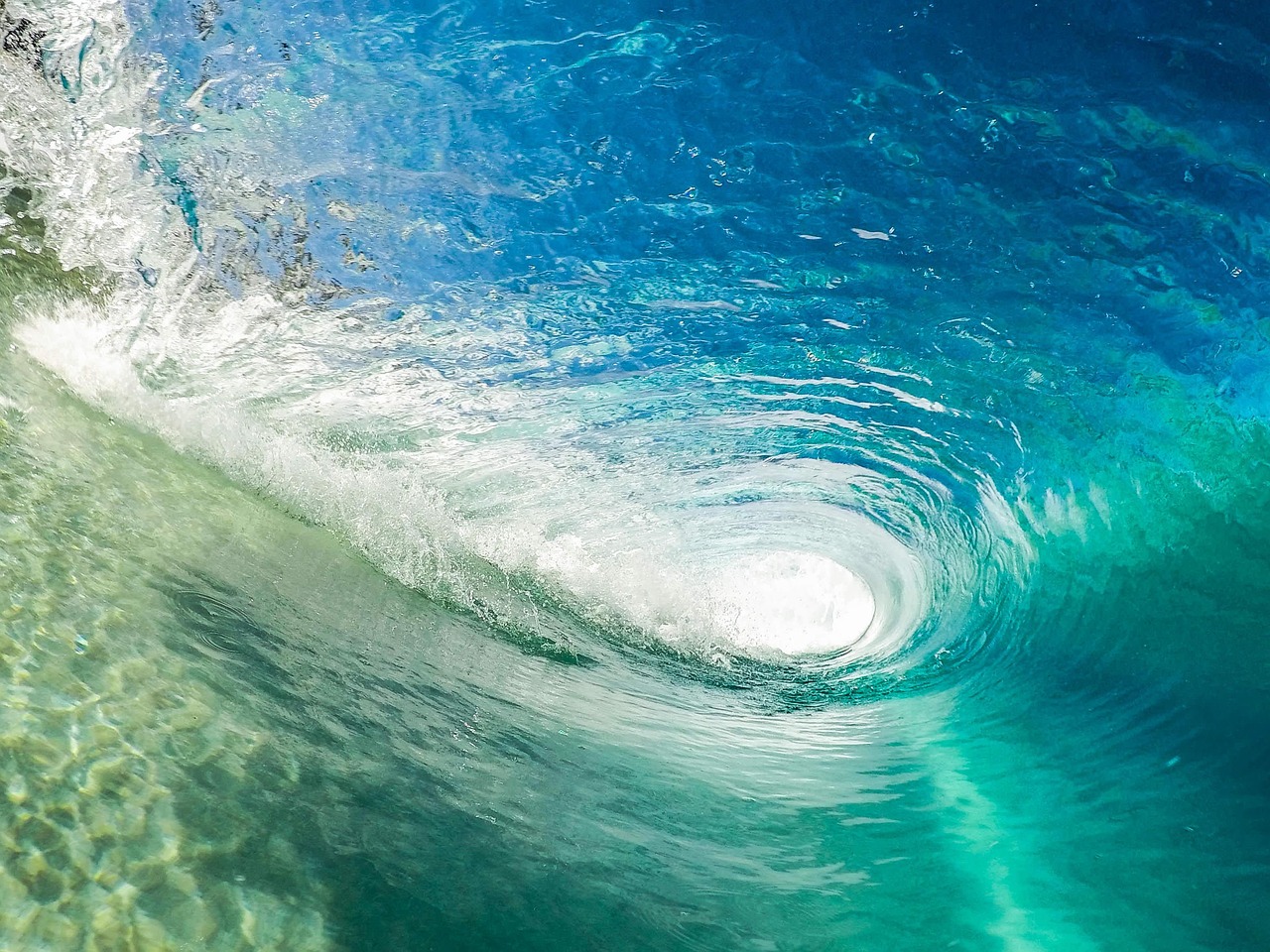
Lake Peigneur was one of the largest lakes in Louisiana, covering an area of 1,300 acres and home to a wide array of wildlife, but in 1980 it suddenly disappeared. The cause was an event which seemed straight out of science-fiction, when one of the numerous oil drills got stuck 1,200 feet below the surface, the rig platform began tilting, and the entire rig collapsed and disappeared beneath the lake’s surface.
What happened next defied belief. The submersion of the massive oil rig astonished the crew as the lake had a maximum depth of only 10 feet, and soon a huge whirlpool developed which violently sucked in other oil drilling platforms as well as a nearby dock, while the flow of the Delcambre Canal was reversed and directed into the whirlpool along with a tug boat and 11 barges.
Soon the lake’s 3.5 billion gallons of water disappeared into the hole. In the United States, in Louisiana, Lake Peigneur disappeared in 1980 due to human error: an accidental drilling in an underground salt mine created a huge whirlpool that completely sucked the lake in just a few hours. This extraordinary event demonstrates how human activities can trigger catastrophic lake drainage with devastating speed.
When Fire Meets Ice – Volcanic Eruptions and Glacial Lakes
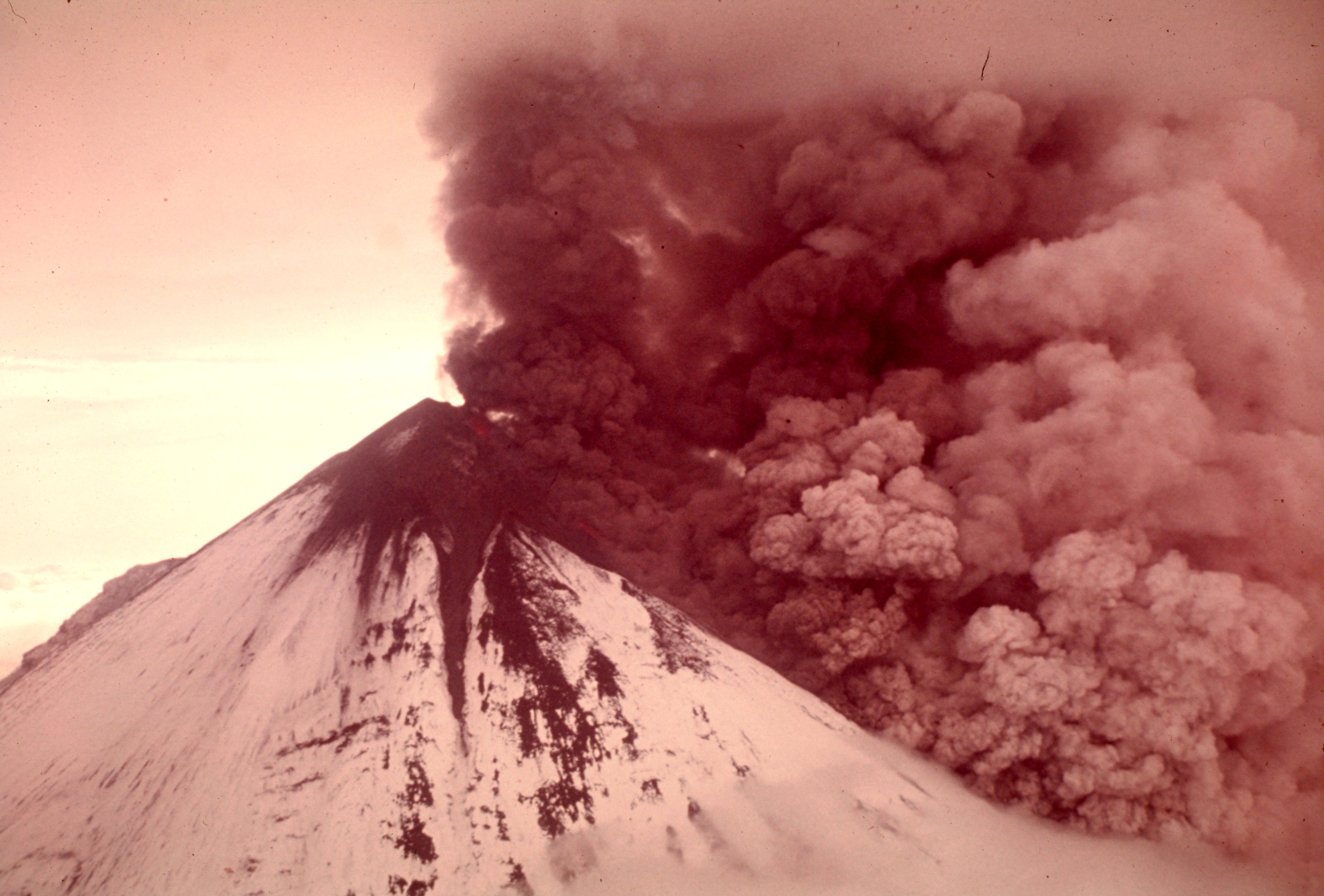
A jökulhlaup is a type of glacial outburst flood, an Icelandic term that has been adopted in glaciological terminology, originally referring to the well-known subglacial outburst floods from Vatnajökull, Iceland, which are triggered by geothermal heating and occasionally by a volcanic subglacial eruption. Lake Cachet 2, high in the Andes, disappeared overnight on March 31, 2012, but that wasn’t unusual for the glacial lake – it’s disappeared and refilled multiple times since 2008 due to climate change thinning the glacier, allowing a tunnel eight kilometers beneath to repeatedly open and close.
Grímsvötn, Iceland’s most frequently active volcano in recent history, lies largely beneath the vast Vatnajökull icecap, with the caldera lake covered by a 200-meter-thick ice shelf, and the geothermal area in the caldera causes frequent jökulhlaups when melting raises the water level high enough to lift its ice dam. The 1996 eruption of Gjálp sent melt water into Grímsvötn, causing a jökulhlaup with a peak flow of 500,000 cubic meters per second that lasted for several days – the largest Grímsvötn glacial flood ever recorded.
These volcanic lake drainages create some of the most spectacular and dangerous flooding events on Earth. In Iceland, Lake Grímsvötn, located on top of a glacier, can suddenly disappear during subglacial volcanic activity, causing impressive floods known as “jökulhlaups”.
Arctic Lakes in a Warming World
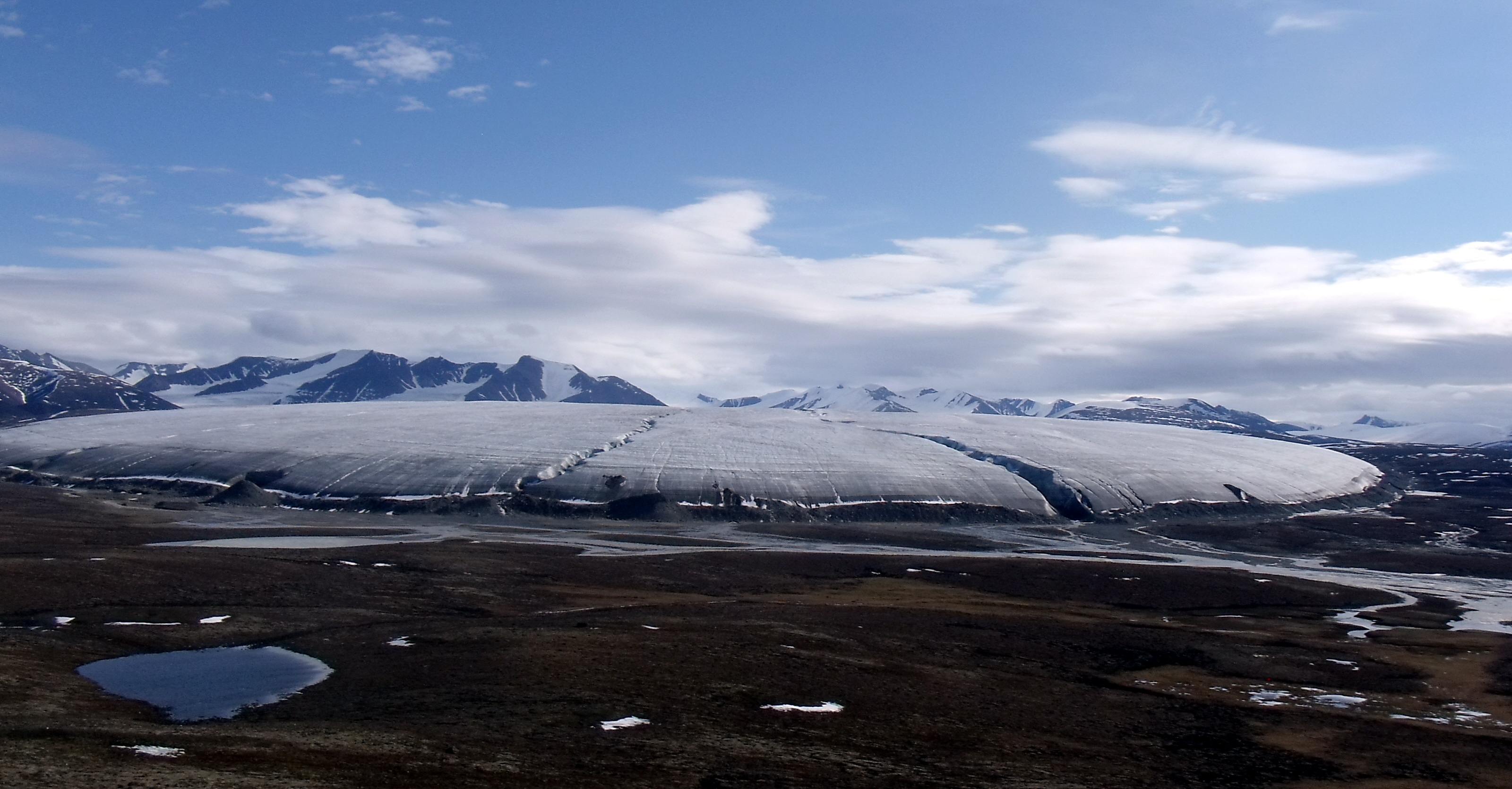
At the end of the summer of 2018, following the warmest and wettest winter on record at that time, 192 lakes in northwestern Alaska had completely or partly drained away, with some large lakes believed to have existed for millennia shrinking drastically in what appears to have been a matter of months – a phenomenon scientists have labeled “catastrophic lake drainage”.
The ground is becoming more permeable as permafrost thaws, and while particles of rock, mineral and organic matter have spaces between them that are normally filled with air or water outside the Arctic, these far northern lakes are disappearing because surface water can drain rapidly into the subsurface as the permafrost warms up. Led by University of Florida researcher Elizabeth Webb, scientists found that lakes have shrunk or disappeared completely across 82 percent of the Arctic’s lake-rich regions.
New evidence suggests that rainfall – particularly increasing autumn rain – is now contributing substantially to permafrost loss, as the rainfall carries heat into the ground. This creates a feedback loop where warming temperatures accelerate the very processes that cause more lakes to vanish.
The Mysterious Case of Lac Rouge
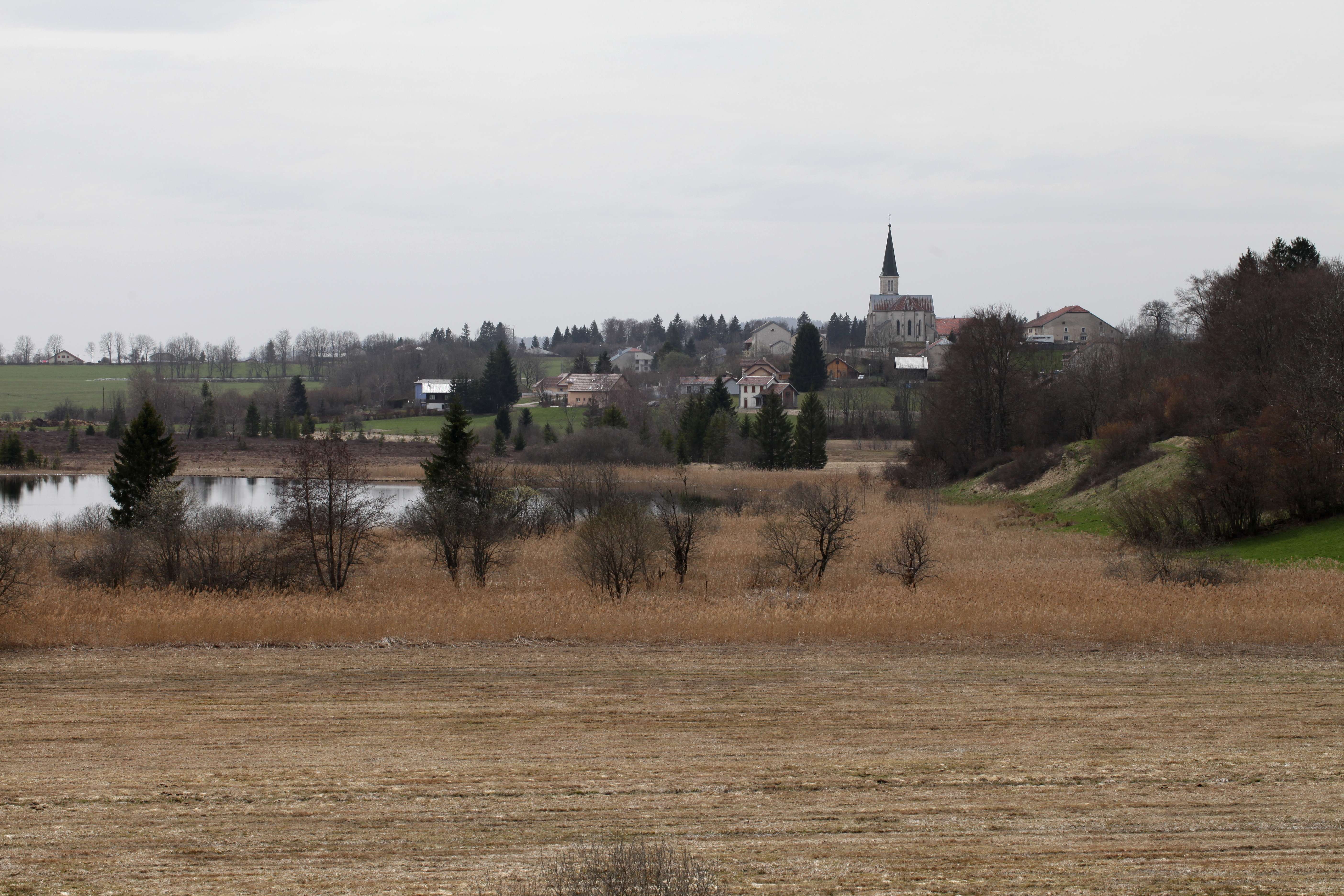
Lac Rouge, a lake in Quebec was suddenly drained in the spring of 2024 and documented through satellite imagery, showing the drained lake as a brown spot in satellite images. According to the Cree First Nation of Waswanipi, the cause of the lake draining is still unknown, with possible theories suggesting wildfires, recent rainfall or snowmelt may have been involved, as wildfires raged near the lake in both 2019 and 2023 which could have weakened the soil.
Using both ground and air searches, experts found that the land around the lake had collapsed on itself, causing the lake to drain. According to reports, the lake emptied by flowing to smaller ponds and rivers against its usual outflow path, where the water finally reached Lac Doda, around 6 miles away. This recent event demonstrates how lakes continue to disappear in ways that challenge our understanding.
Climate Change and the Shrinking Giants
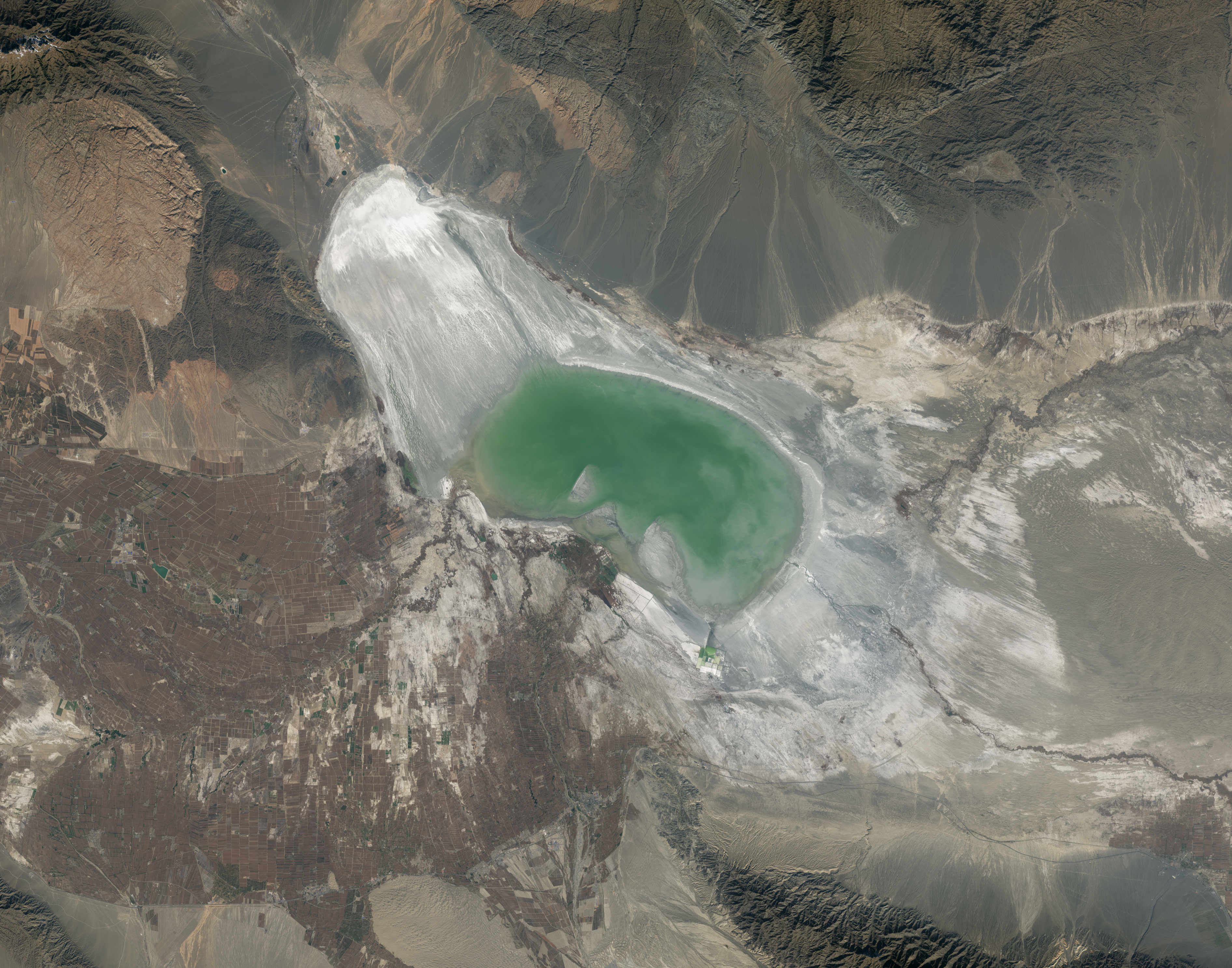
Lake Chad is one of the best examples of what climate change is doing to lake and river systems – the fourth largest lake in Africa, shared by Nigeria, Chad, Cameroon and Niger, where global warming with steadily reducing rainfall and water extraction have seen it lost about 90 percent of its size since the 1960s. Lake Chad was historically one of the biggest lakes in Africa, estimated to have covered as much as 390,000 square miles around 5,000 BC, but now covers only 520 square miles, having lost as much as 95 percent of its size in less than a century.
Iran’s Lake Urmia, located in the northwest corner of Iran and once the nation’s largest saltwater lake, has quickly retreated from its shores due to climate change, wasteful irrigation practices, and groundwater depletion, with only about five percent of the water in the lake remaining compared to its volume about 20 years ago.
These gradual disappearances, while not occurring overnight, represent a different but equally concerning pattern of lake loss. While climate change is playing a role, the building of dams, over extraction and mismanagement of water and over-fishing are all playing a part in the disappearing of the world’s lakes and rivers.
Human Error and Engineering Disasters

Sometimes, human activities can completely drain a lake without warning, often happening when a passageway is accidentally dug or drilled during engineering or mining work, as it only takes an unintentional breach in the impermeable layer at the bottom of the lake for the water to quickly disappear through drainage. Other cases involve oil drilling or tunnel construction where a misstep can cause a massive spill and completely drain the water in just a few days.
Lake Peigneur in Louisiana underwent a remarkable transformation in 1980 when an oil drilling mishap in a salt mine beneath the lake led to the formation of a massive whirlpool that effectively swallowed the lake whole in a dramatic and rapid event, precipitated by the drilling operation breaching a salt dome beneath the lake. The Lake Peigneur incident provides a stark example of how industrial activities, when not conducted with a full understanding of the local geology, can lead to unexpected and dramatic environmental changes.
Although a natural process, the formation of sinkholes is often accelerated or triggered by human influences, such as broken drains, water mains and sewerage pipes, or modified drainage and diverted surface water. These human-caused lake disappearances serve as sobering reminders of our impact on natural water systems.
The Science Behind Sudden Drainage
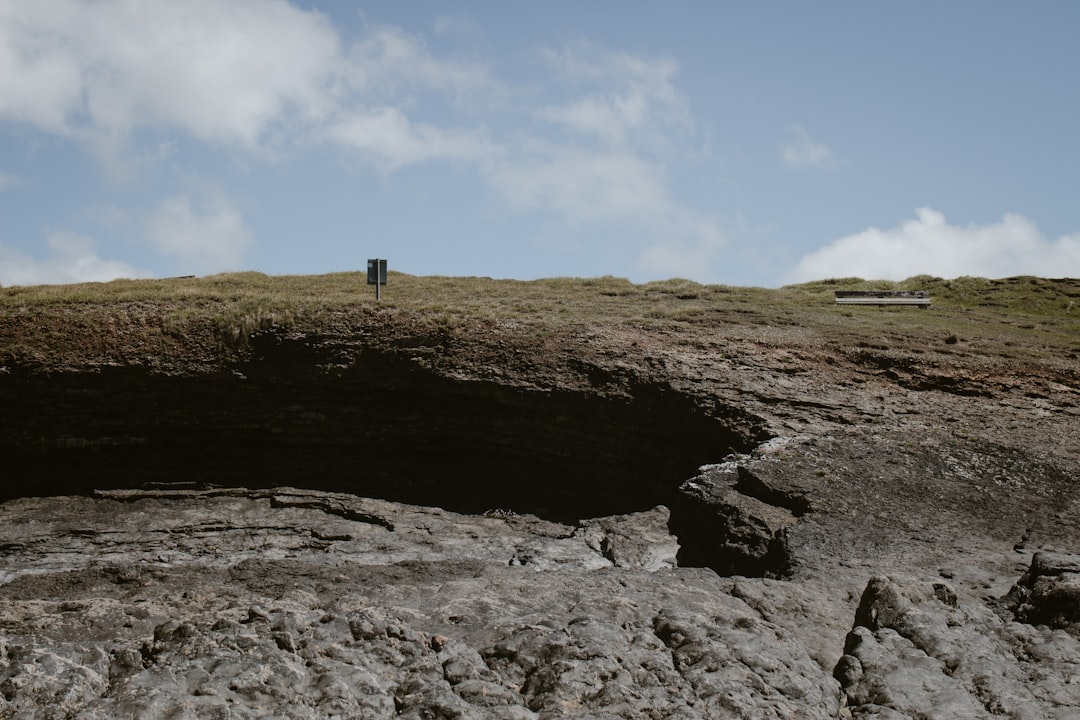
The formation of sinkholes involves natural processes of erosion or gradual removal of slightly soluble bedrock such as limestone by percolating water, the collapse of a cave roof, or a lowering of the water table, often forming through the process of suffosion. Karst aquifers typically develop in limestone, where surface water containing natural carbonic acid moves down into small fissures in limestone, gradually dissolving it and enlarging the fissures, allowing larger quantities of water to enter which leads to progressive enlargement of openings.
Cover-collapse sinkholes form where so much soil settles down into voids in the limestone that the ground surface collapses, and these surface collapses may occur abruptly and cause catastrophic damages, with new sinkhole collapses also forming when human activity changes the natural water-drainage patterns in karst areas. If a cave becomes large enough and the top extends close enough to the surface, the top collapses, producing depressions called sinkholes, which are among the most characteristic features of karst topography.
Understanding these geological processes helps explain why some lakes can vanish with such startling speed. Sinkholes often occur naturally from gradual erosion, but human activities such as groundwater drainage and construction can cause sinkholes to form, with groundwater pumping lowering groundwater levels and leading to sinkhole formation.
What This Means for Communities and Ecosystems
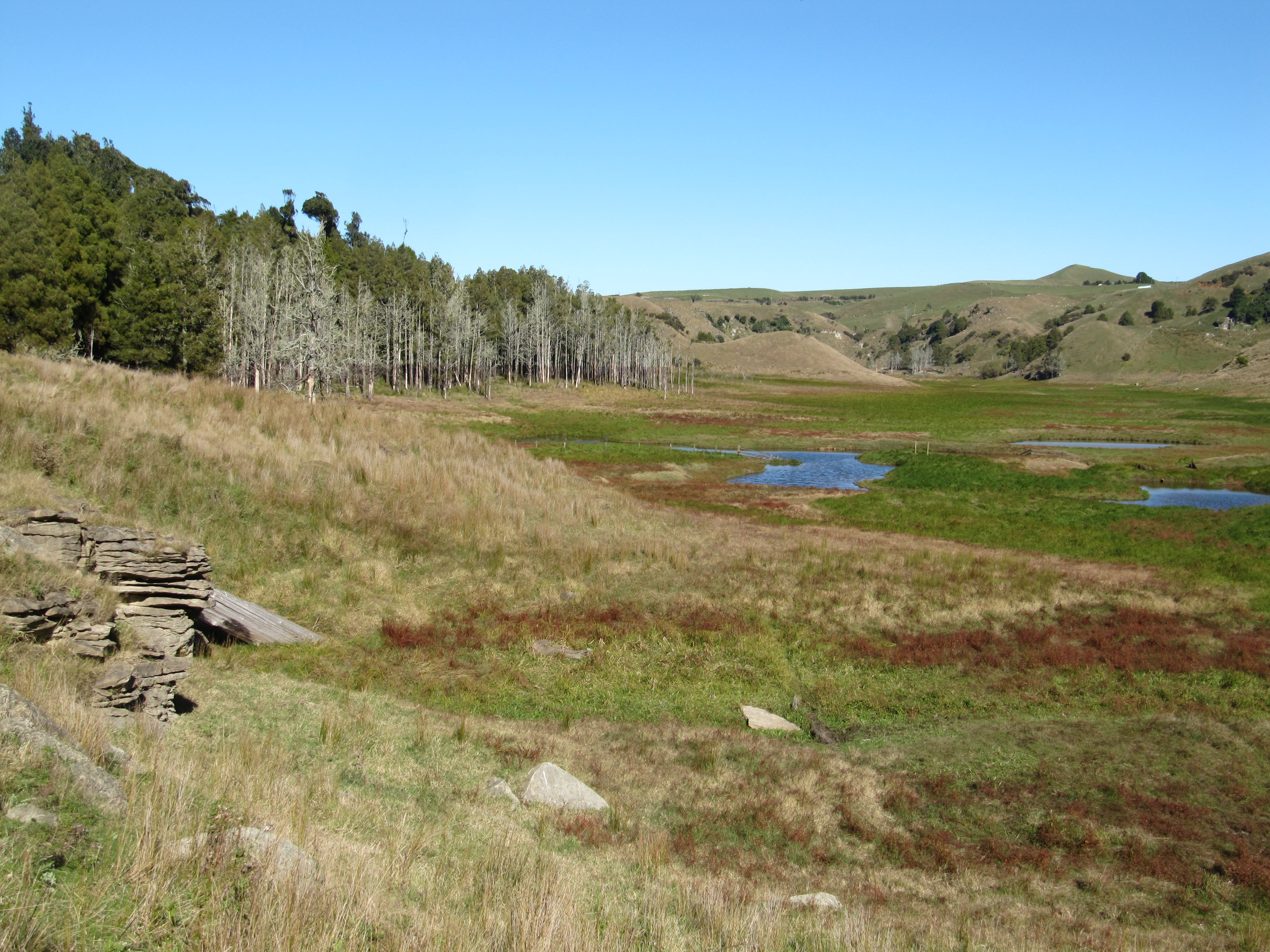
The disappearance and reappearance of lakes not only has visual and geographical implications, but also ecological and social ones, as many of these lakes are essential to local communities, and their disappearance threatens wildlife and the balance of ecosystems, while their unexpected reappearance can bring both relief and challenges, including flooding or abrupt changes in water quality. Lakes make up as much as 40 percent of Arctic lowlands, where they provide crucial freshwater for Indigenous communities and critical habitat for a wide range of plant and animal life.
A sudden disappearance can lead to risks such as local land collapses, underground flooding, and the sudden loss of a crucial source of drinking water, which can directly affect the safety and environmental resources of local populations. In the fight against climate change, better understanding these phenomena can help predict and manage their impacts, and it is essential to take measures to mitigate the effects of climate change and the overexploitation of resources, which could be key to preserving permanent and temporary lakes that are vital to thousands of species around the planet.
The loss of these water bodies creates ripple effects that extend far beyond their immediate vicinity. When lakes vanish overnight, they take with them entire ecosystems that may have existed for thousands of years, leaving communities scrambling to find new water sources and forcing wildlife to adapt or perish.
The Future of Vanishing Waters
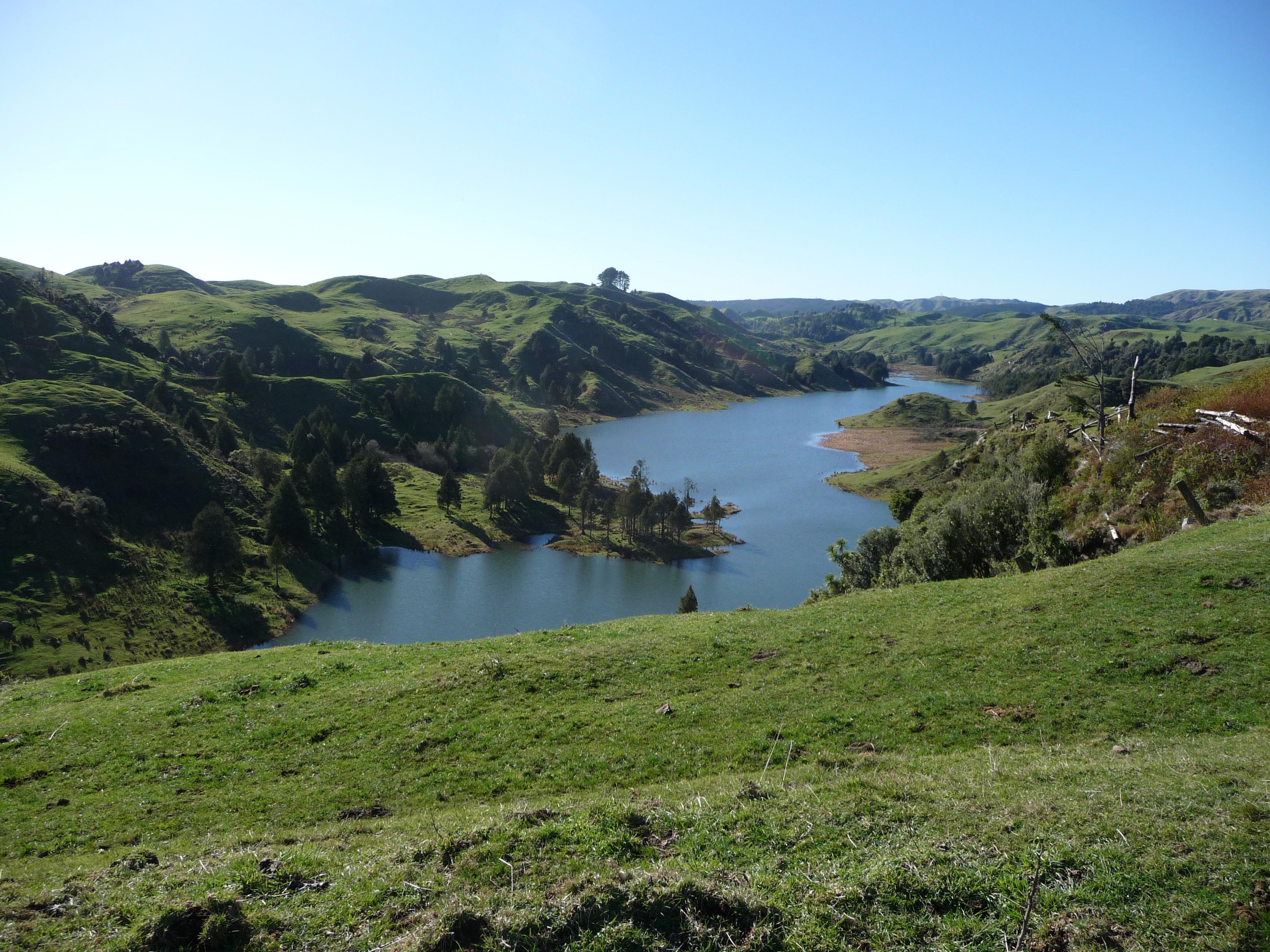
As climate change accelerates and human activities intensify, the frequency of sudden lake disappearances appears to be increasing worldwide. Present deglaciation is resulting in more frequent jökulhlaups from moraine and ice-dammed lakes, with recent examples from mountain glaciers in Scandinavia, Alaska, Canada, Patagonia, the Himalaya, New Zealand and Antarctica, and they may be increasing because of the apparent world-wide accelerated recession and downwasting of alpine mountain glaciers.
Within the last three months or so, people report increasingly about rivers and lakes mysteriously and suddenly disappearing around the world. This trend suggests that what once seemed like isolated, rare events may become more commonplace as environmental pressures mount. Scientists are racing to understand these phenomena better, knowing that early warning systems could save lives and protect communities that depend on these water sources.
In short, disappearing and reappearing lakes provide a visual reminder of how the forces of nature and human activities are intrinsically connected, warning us about the fragility of water resources in the context of climate change.
The world’s vanishing lakes serve as both natural wonders and urgent warnings. They remind us that our planet’s water systems are far more fragile and dynamic than we often assume. These overnight disappearances, whether caused by geological processes, climate change, or human error, reveal the delicate balance that sustains the water bodies we depend upon. As we continue to witness these dramatic events, they challenge us to better understand and protect the precious water resources that remain. What do you think about these mysterious lake disappearances? Tell us in the comments.




